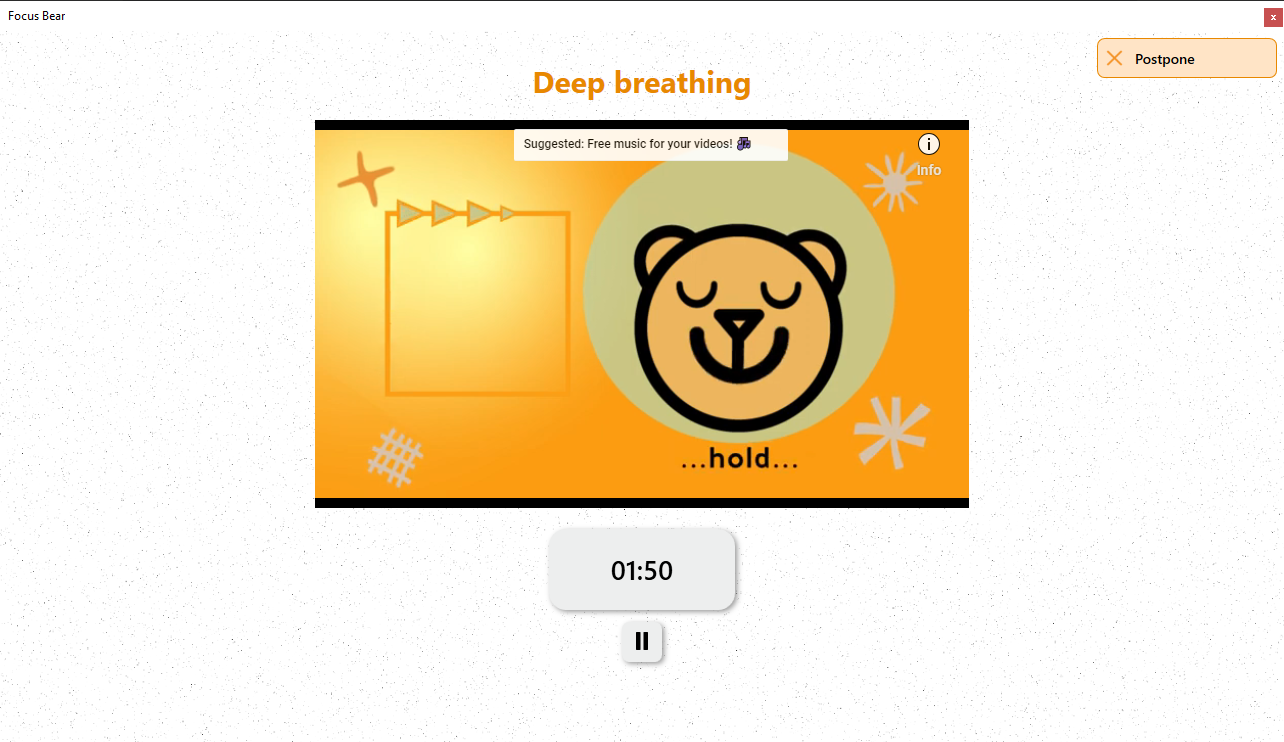30 day money back guarantee
No Credit Card Required Upfront
When Motivation Crashes and Focus Fades
You wake up tired, even after a good night's sleep. Tasks that once felt simple now look impossible. You promise yourself a short break but end up scrolling for hours, wondering why your brain feels both wired and flat at the same time.
That is ADHD related burnout, a quiet collapse that creeps in after long periods of masking, multitasking, or pushing too hard just to keep up. It is not just tiredness. It is emotional and cognitive exhaustion that can make even enjoyable things feel like chores.
If that sounds familiar, you are not alone. Many adults with ADHD swing between high-energy bursts and total shutdowns. The goal is not to eliminate those shifts but to recognise early signs and build routines that protect your energy before you crash.
What ADHD Burnout Really Is
ADHD burnout happens when the brain’s effort to stay organised, motivated, or socially on runs longer than its energy supply allows.
It is not the same as being busy. Burnout builds slowly through:
- Over-focusing on tasks until energy runs out
- Masking symptoms to appear more consistent
- Taking on too many responsibilities to compensate for distraction
Eventually, your mind hits a wall. Focus fades, motivation vanishes, and self-doubt creeps in.
Jessica Sweet, a Psychologist and ADHD Specialist at AuDHD Psychiatry, explains that burnout often hides behind perfectionism. “Many people with ADHD push themselves to keep pace with others. They appear driven, but internally, they are running on empty. That constant effort takes a toll.”
For anyone learning about both conditions, understanding the difference between ADHD and autism can also help explain why traits sometimes overlap, especially around energy regulation and sensory overwhelm.
Early Signs of Emotional Exhaustion
The earlier you catch burnout, the easier it is to recover.
Emotional signs: irritability, detachment, or sudden apathy.
Cognitive signs: brain fog, slow thinking, forgetfulness.
Physical signs: headaches, poor sleep, fluctuating appetite.
Behavioural signs: procrastinating, avoiding plans, or over-fixating on comfort habits.
Example: Sam, a designer with ADHD, noticed he stopped listening to music while working, something he usually enjoyed. “It was like silence became safer than stimulation,” he said. That loss of interest was an early signal that his brain needed rest, not more willpower.
Try asking yourself: “What is one thing that usually brings me calm, and when did I last make time for it?”
Why the ADHD Brain Is Prone to Burnout
The ADHD brain uses more mental energy to manage focus, emotion, and motivation. Every decision and distraction carries a higher cognitive cost.
Because dopamine levels fluctuate, many adults compensate by working harder or longer just to feel steady. Add masking, self-criticism, or sensory overload, and the cycle becomes unsustainable.
Jasmine, a teacher, loved creating lessons but often stayed up past midnight to finish the details. “I thought I was being productive,” she said, “but I was running on panic, not passion.”
Recognising this energy imbalance helps reduce guilt. Burnout is not a result of a lack of effort. It is the aftermath of trying too hard for too long without taking a break.
Rebuilding Regulation and Recovery
Recovery begins with acceptance that slowing down is productive.
Step 1: Pause completely
Take a guilt-free day off screens and deadlines. Stillness gives your nervous system a chance to reset.
Step 2: Ground through your senses
Deep breathing, warm showers, music, or walking outdoors can calm overstimulation.

Step 3: Reconnect with values
List what genuinely replenishes you, such as connection, quiet, or creativity.
Step 4: Simplify choices
Batch small decisions like meals or outfits. Reduced decision fatigue equals more emotional bandwidth.
After months of burnout, Adam began a ten-minute reset ritual. Brew tea, write one gratitude line, step outside. “It felt minor,” he said, “but I stopped crashing every Friday.”
Small rituals build consistency better than dramatic life changes.
Productivity Tools That Support (Not Sabotage) Balance
Digital systems help only when they simplify, not complicate.
Avoid:
- Constantly switching apps or planners
- Over-tracking every habit
- Setting unrealistic daily goals
Use a single central dashboard, whether that is Focus Bear, Notion, or a paper planner, and keep it visual yet concise.
Link reminders to existing routines, such as after morning coffee or before lunch. Let tools serve your rhythm instead of controlling it.
A software engineer found peace by limiting his planner to just three daily priorities. “It stopped being a scoreboard,” he said. “Now it is a guide.”
Sustainable Habits for Long-Term Focus
The best prevention for burnout is rhythm, not intensity.
- Sleep: A consistent wake-up time is better than a perfect bedtime.
- Movement: Engaging in small, frequent activities helps maintain stable energy levels.

- Nutrition: Consuming balanced meals every few hours helps prevent dopamine dips.
- Rewards: Pair chores with pleasant cues such as sunlight, favourite music, or a warm drink.
Elena built two plans: her "good day" list for deep work and errands, and her "tough day" list with three tasks and extra rest. “I stopped expecting every day to look the same,” she said. “Now recovery feels built in.”
When to Seek Professional Support
If burnout lasts for weeks or overlaps with depression or anxiety, it is time to reach out. Professional input can help adjust medication, screen for co-occurring issues, or rebuild emotional regulation strategies.
Peer groups or ADHD coaches can also provide community and accountability. Support is not a last resort. It is part of sustainable self-care.
Rest Is Part of Progress
ADHD burnout does not mean you failed. It means your brain has been overexerting itself to meet unspoken demands.
Recovery is not about doing nothing. It is about restoring balance. Every pause, nap, or quiet walk is a form of maintenance for your focus.
Every small reset counts. The goal is not perfection. It is compassionate sustainability.
Author Bio
Dr Darren O’Reilly is a Chartered Psychologist and Founder of AuDHD Psychiatry. He writes about ADHD, autism, and neurodivergent wellbeing, combining lived experience with clinical insight to help adults and families find strategies that work in real life.




